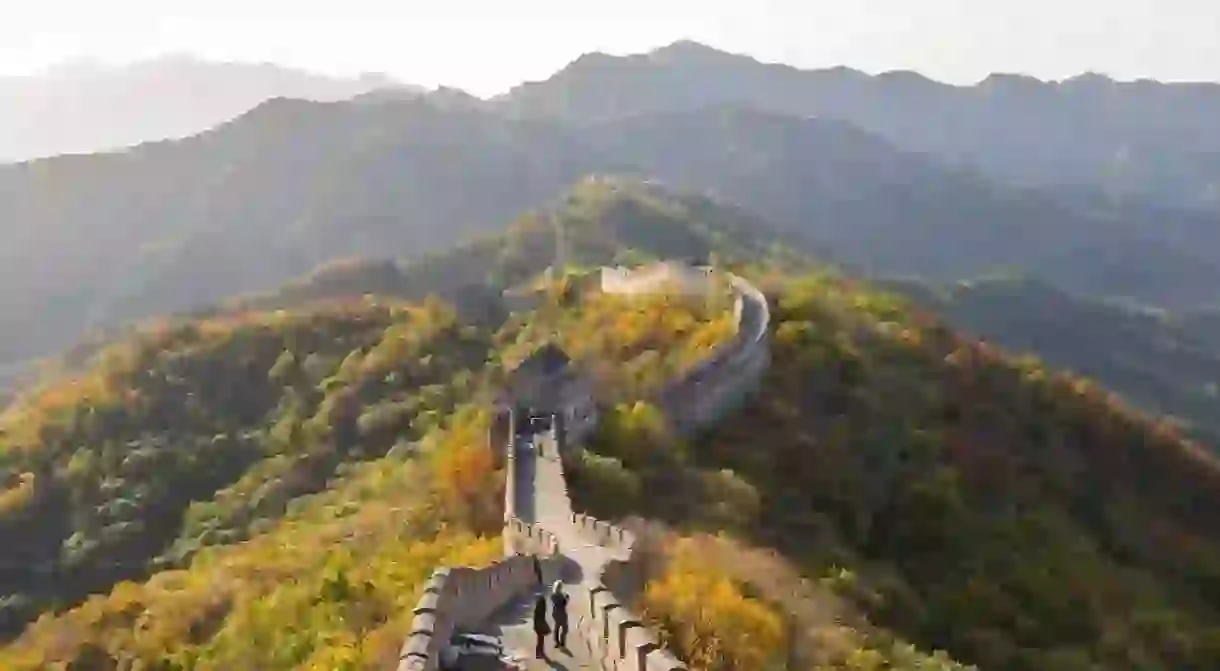Top Attractions You Can’t Miss in Beijing

There are some things you just can’t miss when visiting Beijing. Here are the Chinese capital’s most impressive attractions.
The Great Wall of China
Architectural Landmark

Summer Palace
Building

Temple of Heaven
Building, Hindu Temple, Park, Historical Landmark, Architectural Landmark

Forbidden City
Building, Monastery, Museum, Art Gallery, Architectural Landmark

Tiananmen Square
Park, Building

Tiananmen Square is located right beside the Forbidden City, known for its incredible political significance. This huge space is home to the Monument to the People’s Heroes, the Great Hall of the People and the National Museum of China, but the highlight is undoubtedly the Mausoleum of Mao Zedong, which houses the former leader’s embalmed body in its crystal coffin. Admission is free (though bear in mind no bags or cameras are permitted inside), but long queues form very quickly each day, so aim to get there early.
Panjiayuan Antique Market
Market, Shop

Nanluoguxiang
Architectural Landmark

Nanluoguxiang is one of the most well-restored hutongs in Beijing. Even with the sea of tourists flooding its narrow alleyways, the area has still managed to preserve its old-school charms. The main walking path is lined with hundreds of bars, restaurants, clothing stores and souvenir shops. Culture Trip recommends branching off to check out some of the quieter alleys to discover pockets of local culture.
Wudaoying
Market
Wangfujing Snack Street
Market, Chinese

This bustling street stretches across 2,000 square metres, offering over 500 different types of snacks from all over China. Some are sweet (candied hawthorns), others are savoury (deep-fried spiralled potato on a stick), and others appeal to tourists’ sense of shock value (snakes on a stick, spiders, starfish). Lots of small restaurants and stalls are also here for bigger, sit-down meals.













